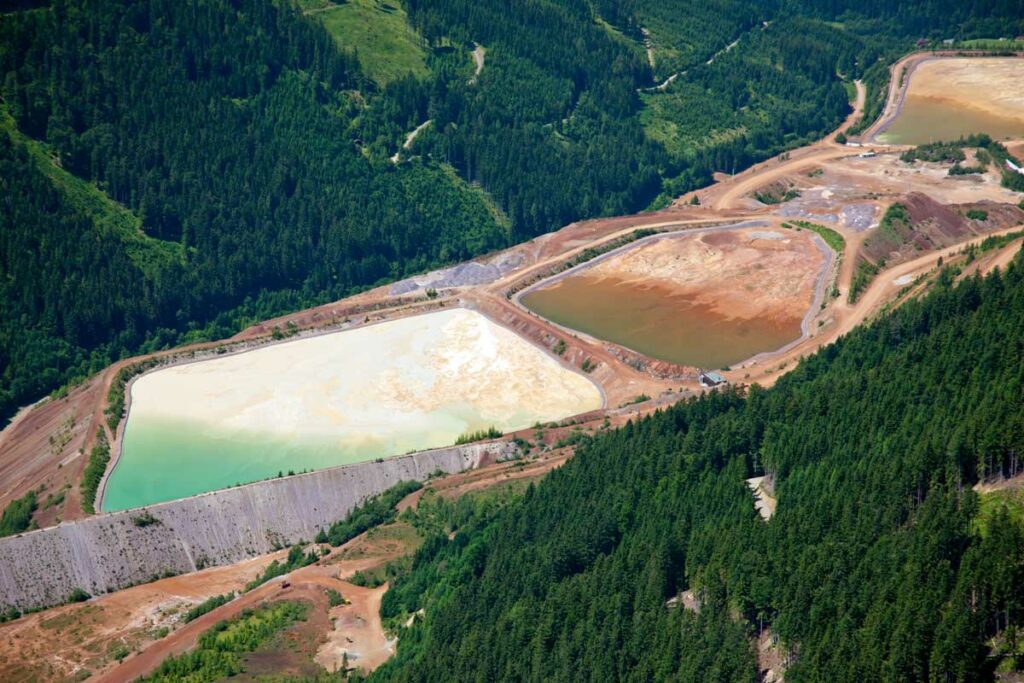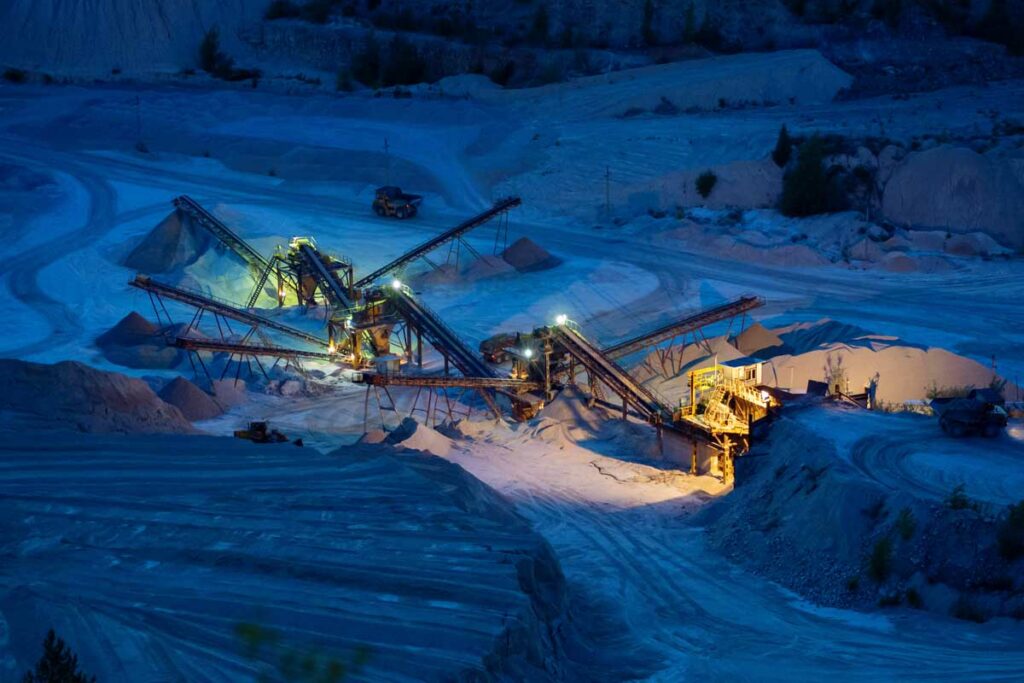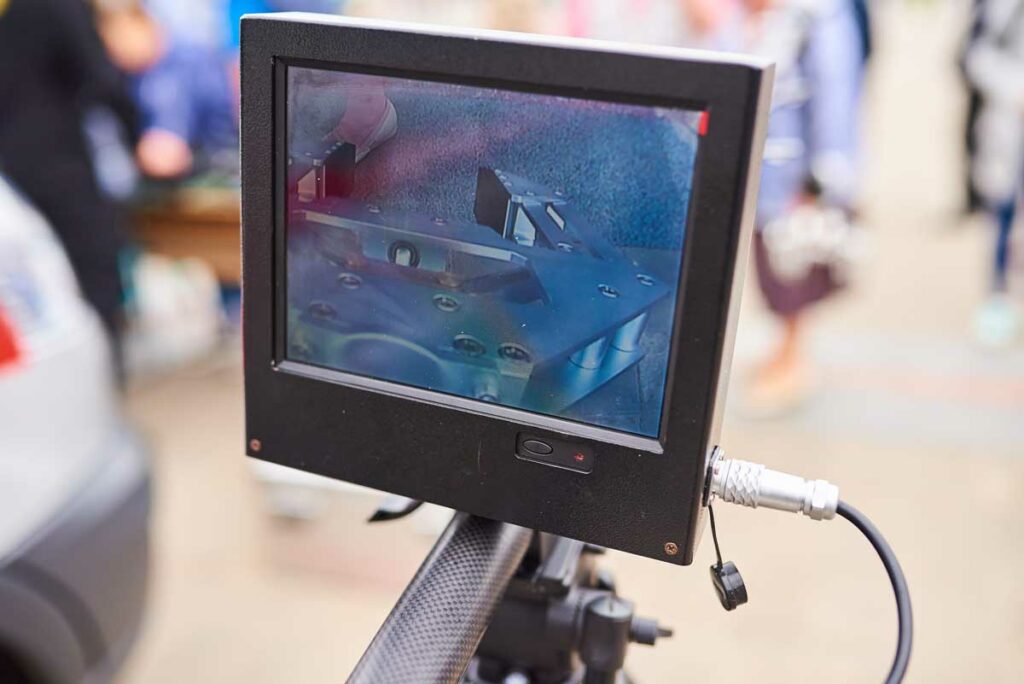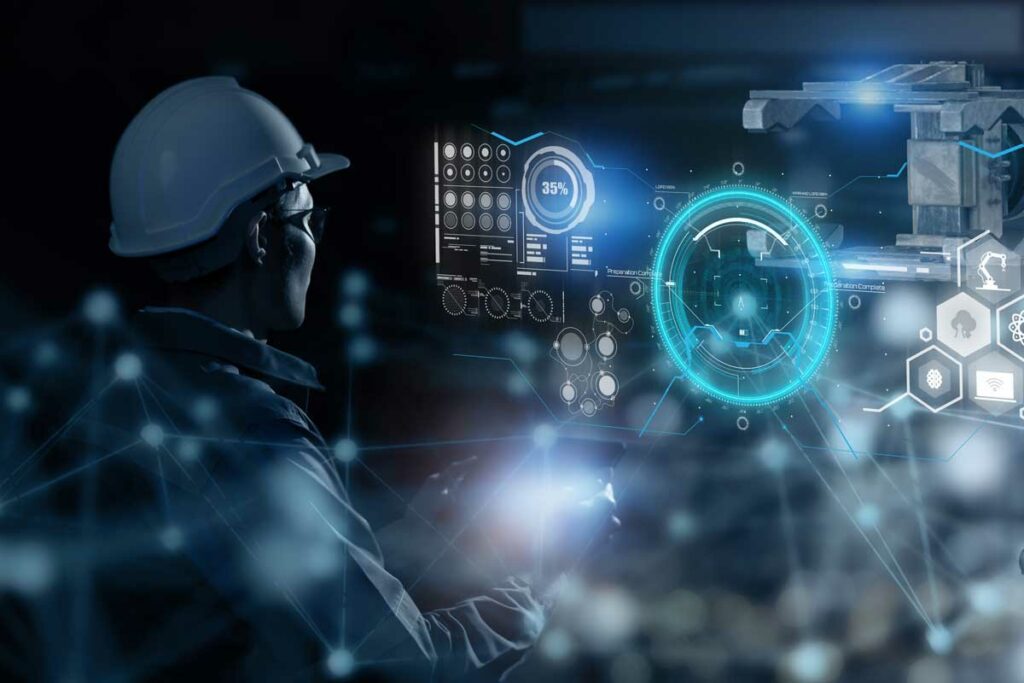Mining’s Evolution with Digital Twins and Virtual Reality
Our Keelan Mooney writes in a series of blog posts exploring how mining will play its part in the race for a carbon-neutral world. He will look at how mining is changing and the challenges for both the mining sector and the insurance world. Here, in part three, Keelan will look at how digital applications such as digital twins and virtual reality can be applied to the mining industry.

With the advancement of virtual reality there are two unique ways in which it can be applied to the mining industry; the use of virtual reality in front-end designing for pit designs, haul routes and mine layouts; and the use of digital twins during operations to monitor data and performance of equipment.
Both the application of virtual reality and digital twins provide tremendous upside in reducing risk and executing project work which can lead to a safer, more efficient operation for both insurers and assureds.
Virtual reality can provide engineers with visualization during the early stages of mine and plant design by having a visualisation of the finalised project, and it can also help identify flaws during operations without placing key personal in harm’s way. This can assist in the reduction of risks such as slope failures, or early identification of poor locations of key infrastructure such as tailings ponds in reference to the mill.
Alternatively, a digital twin can notify operators of failures of equipment in real-time, and act as a safety layer during operations, all while a safe distance away in a control room or off-site.
Risks to consider may include increased technology safety risks from and increased use of artificial intelligence equipment, misinterpretation of data by operators, reduction of onsite personnel available to reduce the impacts of a loss should one occur, or in an extreme case loss of communication due to a damaged internet cable causing the need for a shutdown by onsite personnel.
This evolution of technology will not eliminate the presence of skilled workers, but it may require the transfer of skilled workers from one trade to another. Although new risks can therefore be introduced by relying on technology more heavily with the reduction of onsite operators, the future holds a positive outcome if virtual reality and digital twins are used effectively and correctly!

Keelan Mooney, EIT | Loss Adjuster
If you enjoyed this article and want to keep up to date with future chapters, please submit your email address below.
[mc4wp_form id=”20520″]
Please note: Submitting your email address subscribes you to this blog series only. You can unsubscribe at any time via the link in the email.





